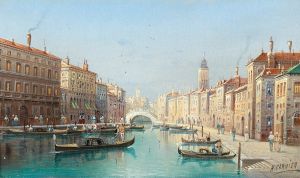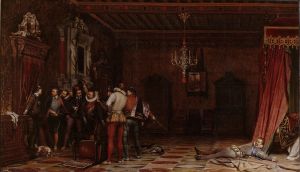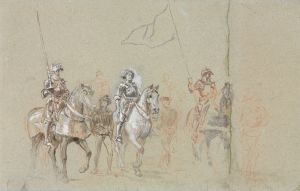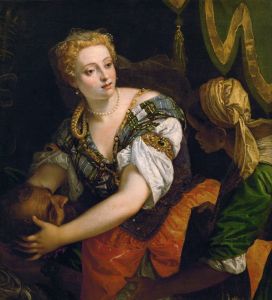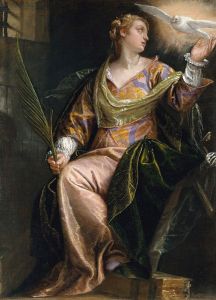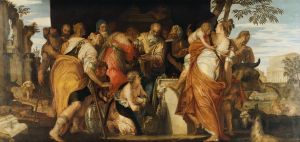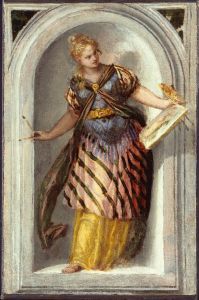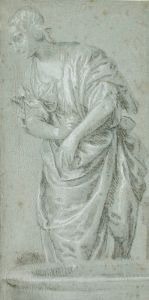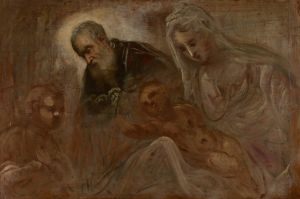
Portrait of Agostino Barbarigo
A hand-painted replica of Paolo Veronese’s masterpiece Portrait of Agostino Barbarigo, meticulously crafted by professional artists to capture the true essence of the original. Each piece is created with museum-quality canvas and rare mineral pigments, carefully painted by experienced artists with delicate brushstrokes and rich, layered colors to perfectly recreate the texture of the original artwork. Unlike machine-printed reproductions, this hand-painted version brings the painting to life, infused with the artist’s emotions and skill in every stroke. Whether for personal collection or home decoration, it instantly elevates the artistic atmosphere of any space.
The painting Portrait of Agostino Barbarigo by Paolo Veronese is a work attributed to the renowned Venetian painter Paolo Veronese (1528–1588), one of the leading artists of the Italian Renaissance. Veronese is celebrated for his grand compositions, vibrant use of color, and masterful depiction of textures and details. This portrait is believed to depict Agostino Barbarigo, a prominent figure in Venetian history who served as the Doge of Venice from 1486 to 1501.
The artwork is an example of Veronese's skill in portraiture, showcasing his ability to capture the dignity and authority of his subjects. While Veronese is better known for his large-scale narrative paintings and religious works, his portraits demonstrate his talent for conveying the personality and status of individuals. In this painting, Agostino Barbarigo is likely presented in a formal and stately manner, reflecting his role as a leader of the Venetian Republic.
The exact date of the painting's creation is not definitively known, but it would have been produced during Veronese's active career in the mid to late 16th century. The work is characterized by Veronese's signature use of rich, luminous colors and meticulous attention to detail, particularly in the rendering of fabrics and textures. These elements contribute to the overall sense of opulence and refinement that is typical of Veronese's style.
As with many Renaissance portraits, the painting likely served both as a commemoration of the sitter and as a means of asserting their social and political status. Agostino Barbarigo's position as Doge would have made him a significant patron of the arts, and commissioning a portrait by an artist of Veronese's caliber would have been a reflection of his wealth and influence.
The current location of the painting and its provenance are not widely documented, and there is limited information available about its history beyond its attribution to Veronese. Scholars continue to study Veronese's body of work, and this portrait remains an example of his contribution to the tradition of Venetian portraiture.
Further details about the painting, including its dimensions, medium, and specific stylistic features, are not readily available in existing sources.





